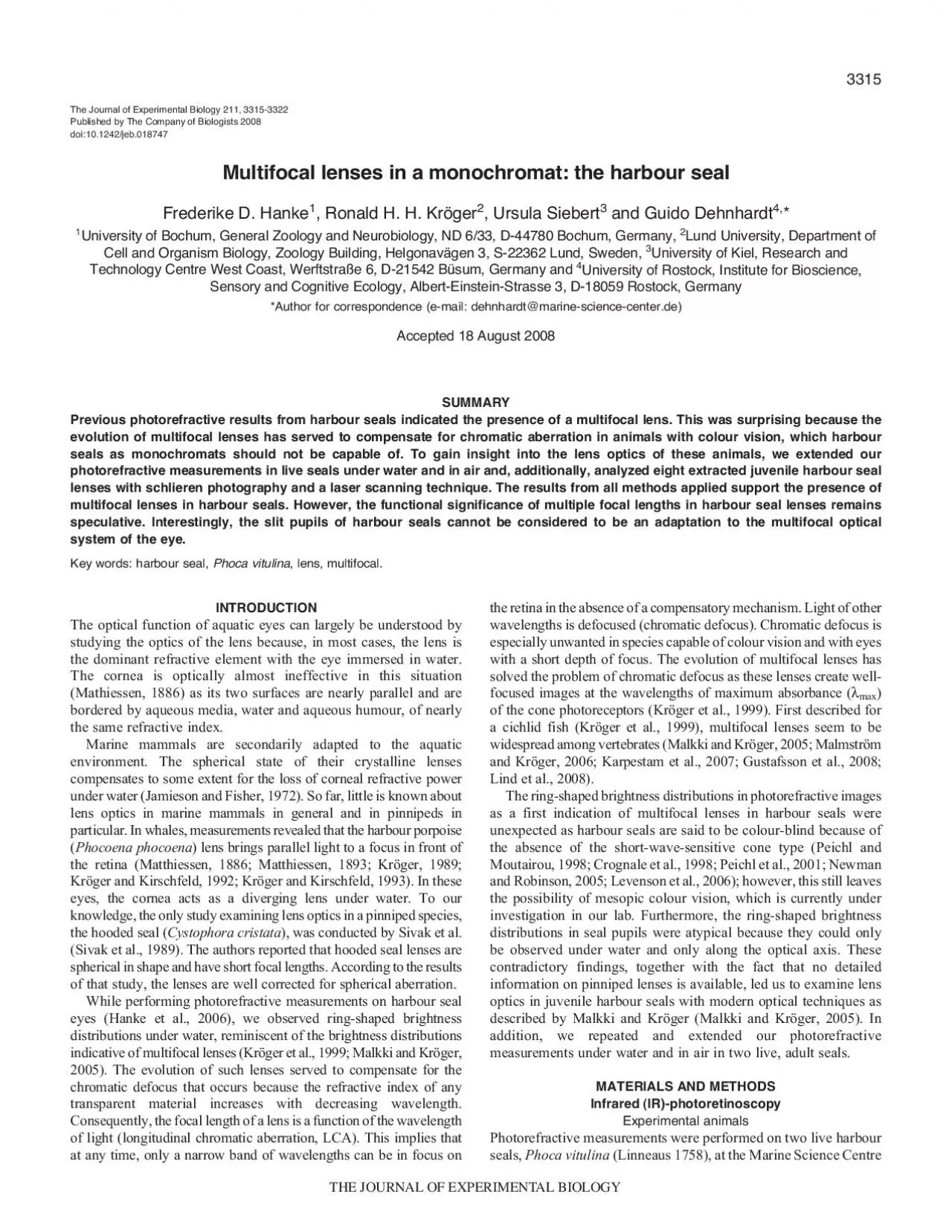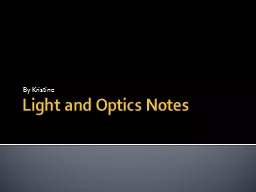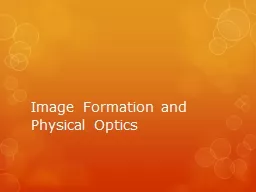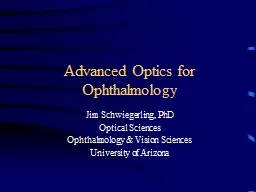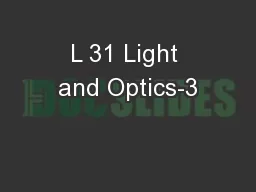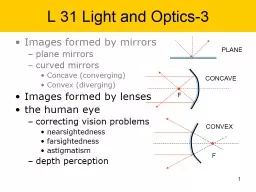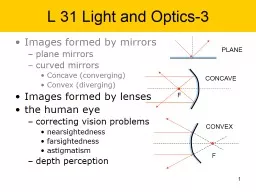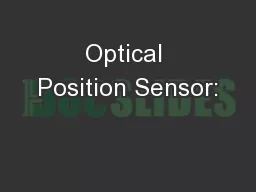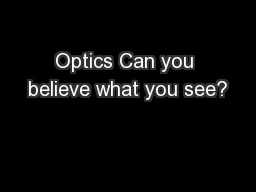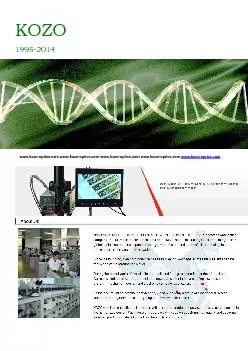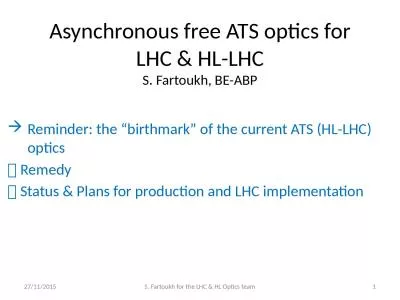PDF-studying the optics of the lens becausein most casesthe lens is
Author : davies | Published Date : 2022-09-01
3315 The Journal of Experimental Biology 211 33153322Published by The Company of Biologists 2008Multifocal lenses in a monochromat the harbour sealFrederike D Hanke1
Presentation Embed Code
Download Presentation
Download Presentation The PPT/PDF document "studying the optics of the lens becausei..." is the property of its rightful owner. Permission is granted to download and print the materials on this website for personal, non-commercial use only, and to display it on your personal computer provided you do not modify the materials and that you retain all copyright notices contained in the materials. By downloading content from our website, you accept the terms of this agreement.
studying the optics of the lens becausein most casesthe lens is: Transcript
Download Rules Of Document
"studying the optics of the lens becausein most casesthe lens is"The content belongs to its owner. You may download and print it for personal use, without modification, and keep all copyright notices. By downloading, you agree to these terms.
Related Documents

